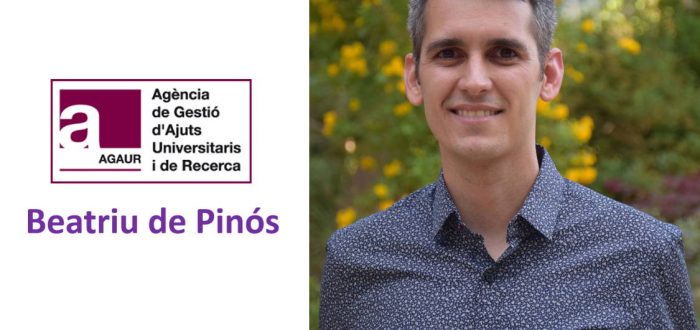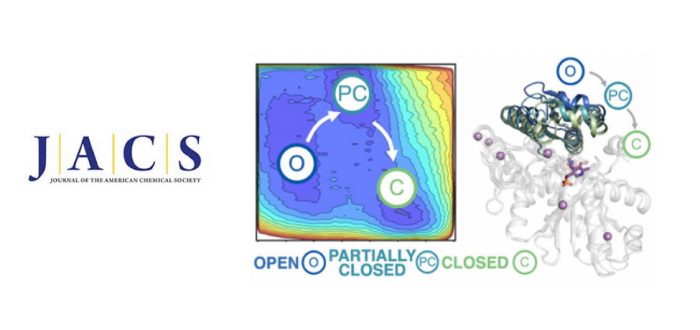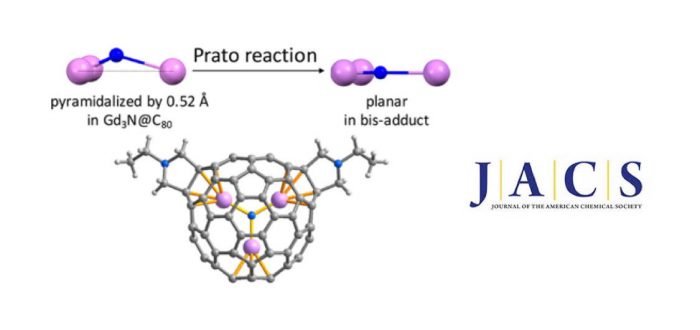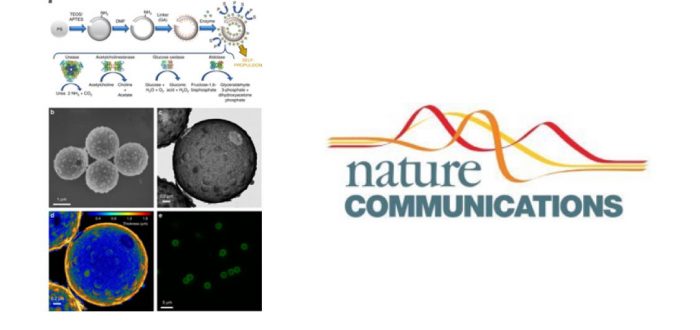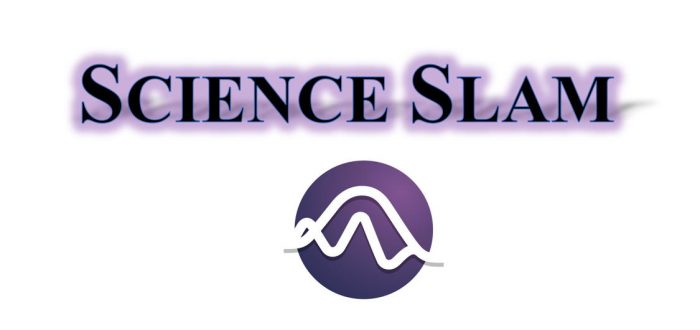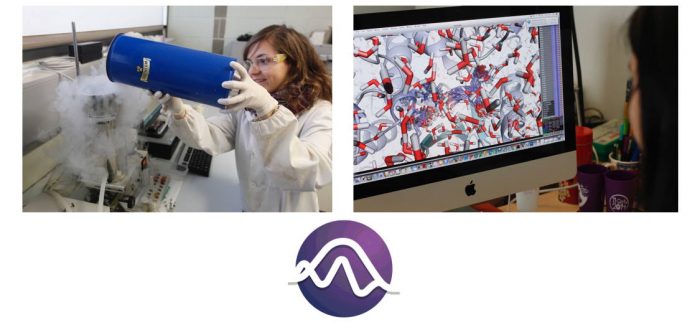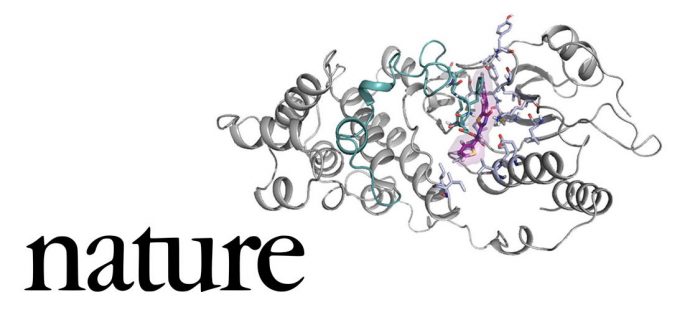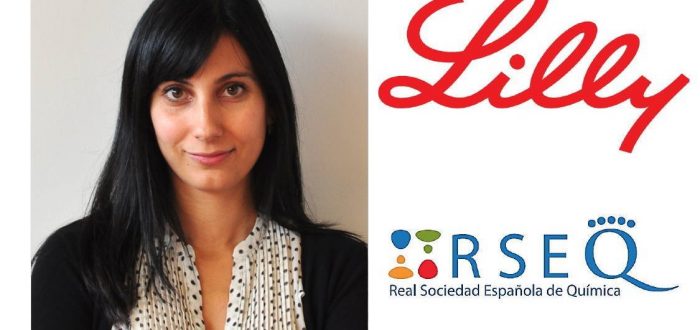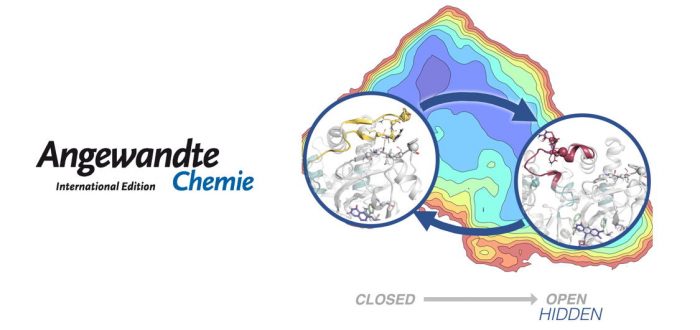Dr. Marc Garcia-Borràs has been selected as Beatriu de Pinós researcher of the Institute of Computational Chemistry and Catalysis (IQCC) working in the CompBioLab group of Prof. Sílvia Osuna. Dr. Garcia-Borràs did his PhD in 2015 at the University of Girona under the supervision of Prof. Miquel Solà and Dr. Josep M. Luis. During his doctoral studies
- sec.iqcc@udg.edu
- +34 972 41 83 57
Category: Silvia Osuna news
Multimeric enzyme complexes are ubiquitous in nature and catalyze a broad range of useful biological transformations. They are often characterized by a tight allosteric coupling between subunits, making them highly inefficient when isolated. A good example is Tryptophan synthase (TrpS), an allosteric heterodimeric enzyme in the form of an abba complex that catalyzes the biosynthesis of
The structures of two bis-ethylpyrrolidinoadducts of Gd3N@Ih-C80, obtained by regioselective 1,3-dipolar cycloadditions, were elucidated by single crystal X-ray, visible-near infrared (vis-NIR) spectra, studies on their thermal isomerization, and theoretical calculations. The structure of the minor-bis-adduct reveals a C2-symmetric carbon cage with [6,6][6,6]-addition sites and with an endohedral Gd3N cluster that is completely flattened. This is
Bio-catalytic micro- and nanomotors self-propel by the enzymatic conversion of substrates into products. Despite the advances in the field, the fundamental aspects underlying enzyme-powered self-propulsion have rarely been studied. In this work, we select four enzymes (urease, acetylcholinesterase, glucose oxidase, and aldolase) to be attached on silica microcapsules and study how their turnover number and
Since 2015 the IQCC is organizing a Science Slam (first, second, third edition). Next week on Monday May 13 the IQCC organizes the fourth edition to show the most representative research projects of the Institute to a wide audience. The research carried out within each of the research teams of the IQCC will be briefly summarized by the PIs
The Institute of Computational Chemistry and Catalysis (IQCC) of the University of Girona (UdG) is a worldwide reference unit in computational chemistry and catalysis that aims at carrying out groundbreaking research on predictive chemistry for catalysis, with special focus on the processes occurring at the confined space for the coming years. One of the pillars
A few months after the discovery how an enzyme stores the energy in our body, researchers of the IQCC have published again a paper in Nature. Ferran Feixas and Sílvia Osuna provided the computational chemistry support for the discovery that a protein related to cell stress (p38g) regulates cell division. The activation of this protein is essential
Today the Real Sociedad Española de Química announced that Dr. Sílvia Osuna received the Premio Lilly al Joven Investigador 2019, for her outstanding scientific career on enzyme design, fullerenes, and carbon materials. This prize is rewarded annually to young Spanish researchers (under the age of 40) that have shown excellent scientific quality and stand out for their professional
Javier Iglesias (IQCC) and researchers from Univ. Oxford, Univ. Southampton, Univ. Barcelona and ICREA observed the inner workings of the glycogenin enzyme after treating it with palladium A research team from four universities (Oxford, Southampton, Barcelona, Girona), among which Javier Iglesias of the Institut de Química Computacional i Catàlisi (IQCC), recently published in Nature a study
Today appeared in Angewandte Chemie a paper by Sílvia Osuna and co-workers where they used Markov state models to discover hidden conformations. Enzymes exist as an ensemble of conformational states, whose populations can be shifted by substrate binding, allosteric interactions, but also by introducing mutations to their sequence. Tuning the populations of the enzyme conformational

